by Martin F. Johansen, 2013
This is a working fragment of the machine. By turning the crank, numbers are added from one column to the other. The result is shown on the front of one of the columns. The machine can tabulate any polynomial of up to the 6th order with 20 digit precision.

It is operated by turning crank on the right. This turns the columns beneeth it that contains a micro-program. This micro program organizes the rest of the machine. Numbers in the columns are added in a pipe-line fashion from right to left. Then, the programmable printer on the right type-sets the results and writes them on paper or stemps them in metal.
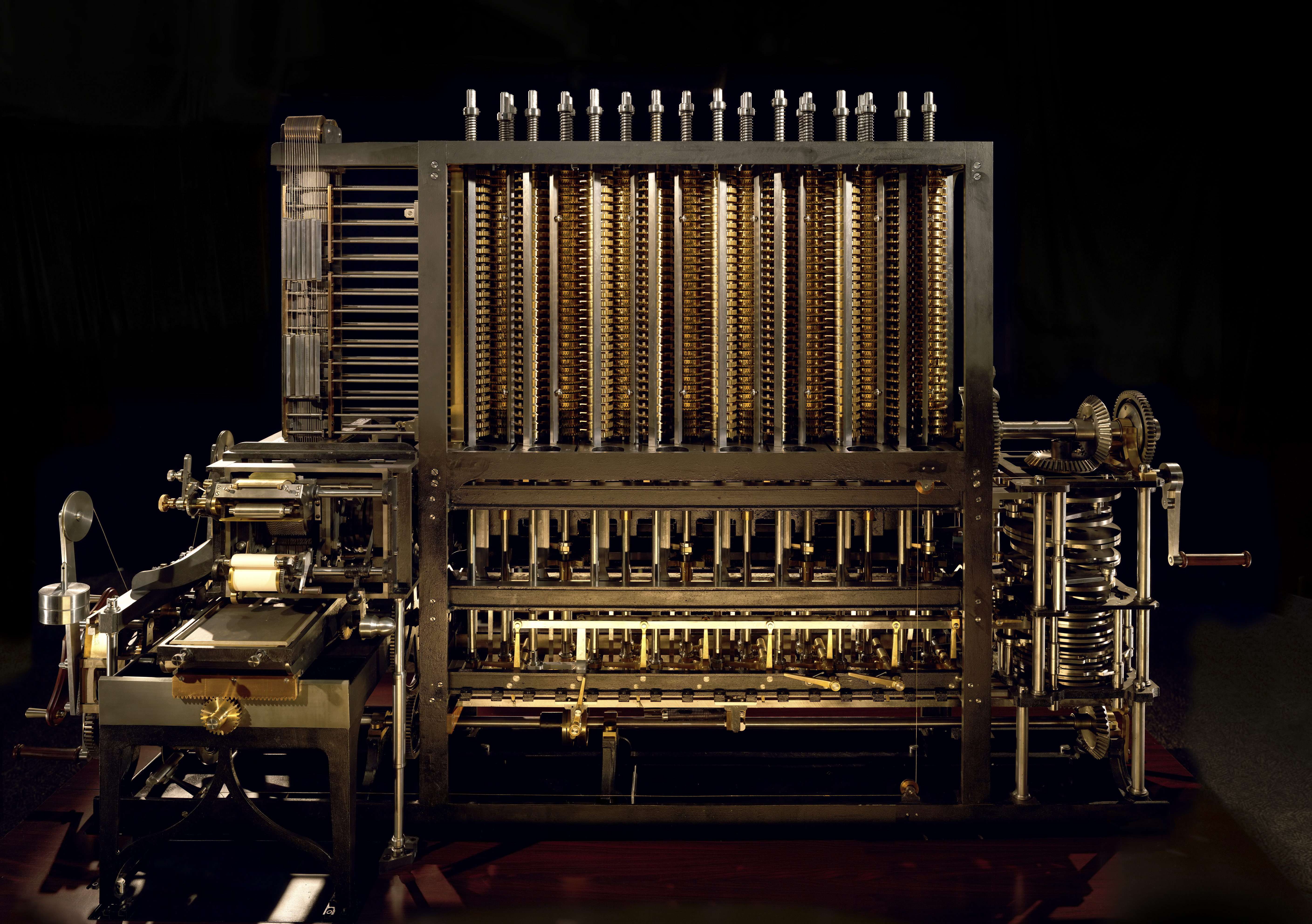
On the left we see the Mill (the processor). On the right we see the number columns (memory). Depending on the cards fed to the machine (i.e. the programs) data is fetched from the columns into the mill. Then an operation is performed on the data and the result is returned to the store. Then, the machine continues with the next card in the sequence.
There are over a thousand additional drawings. The whole machine is 50,000-80,000 parts.
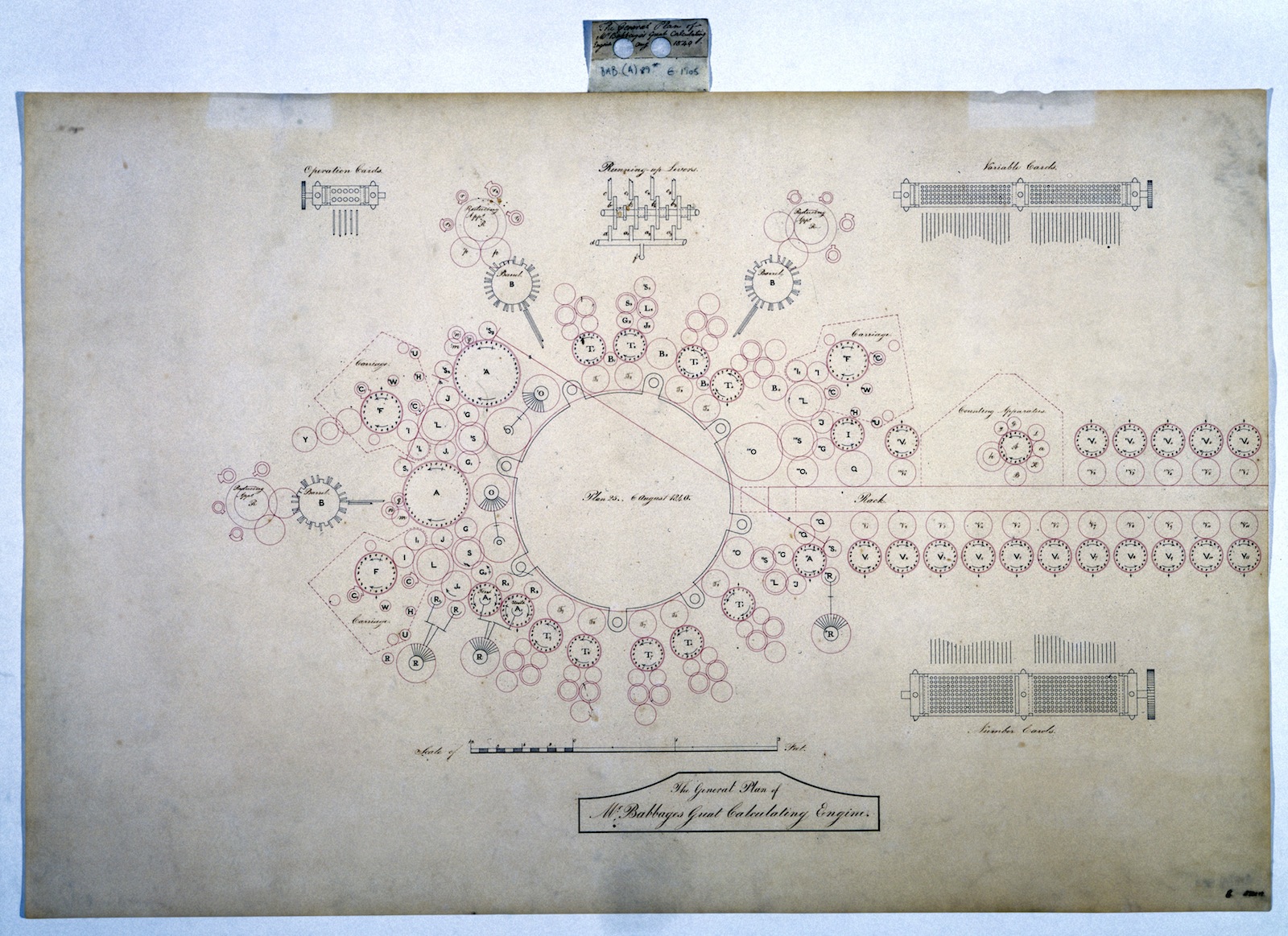
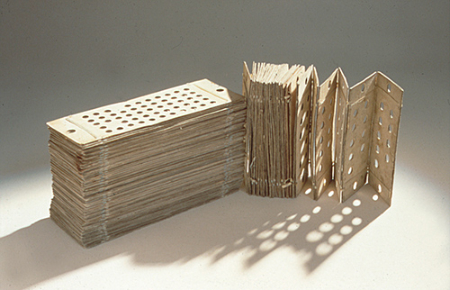
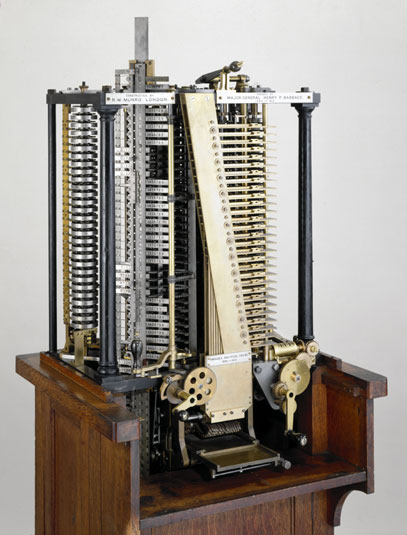
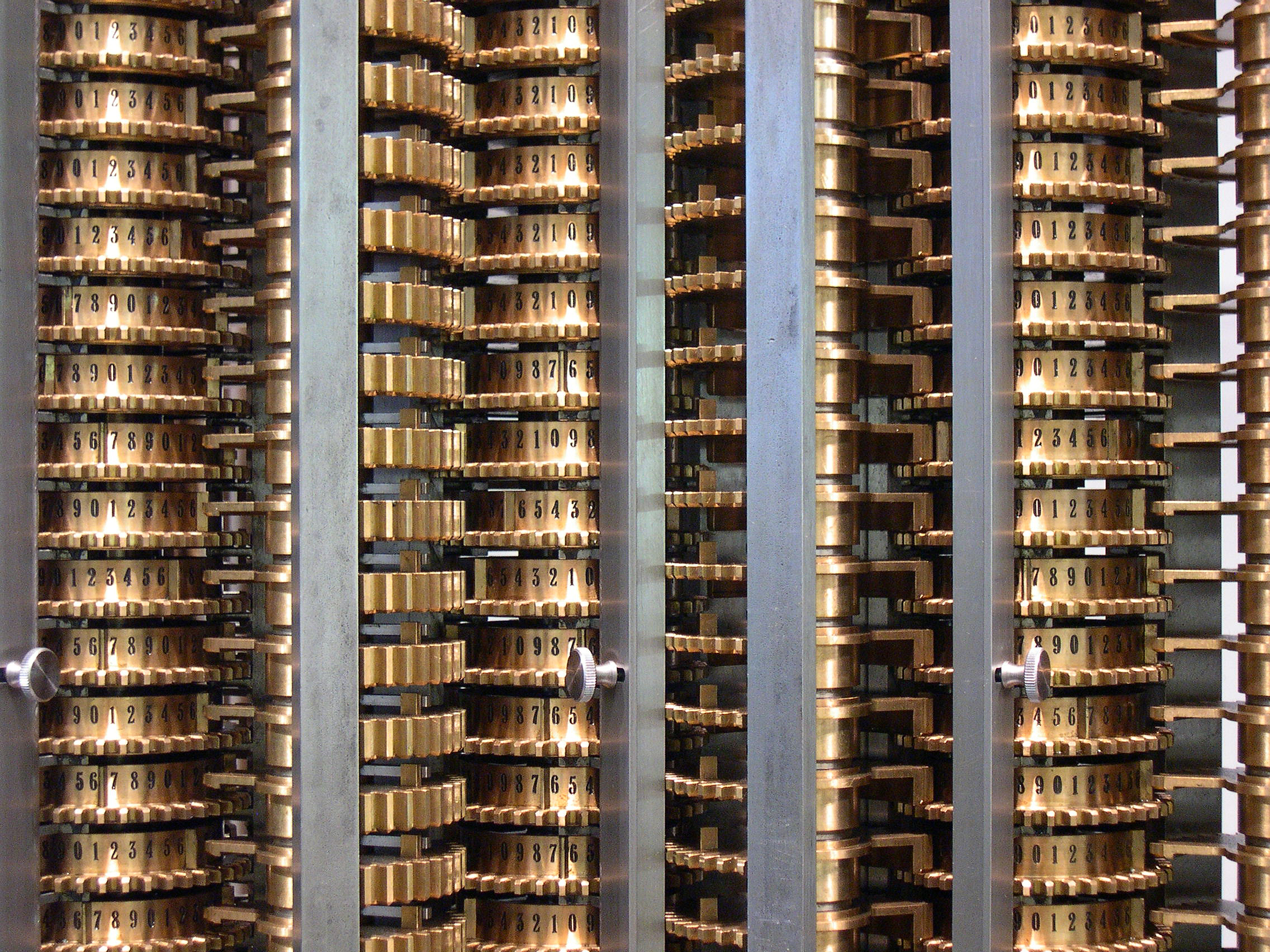
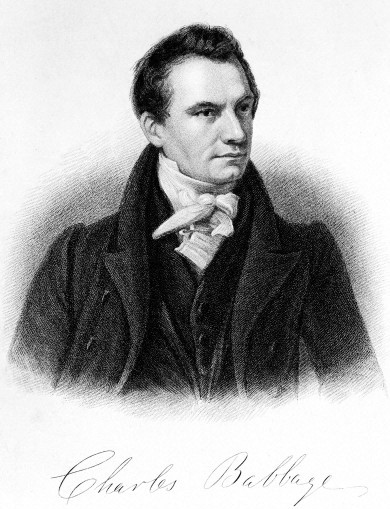
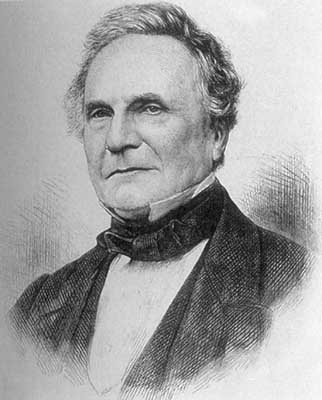

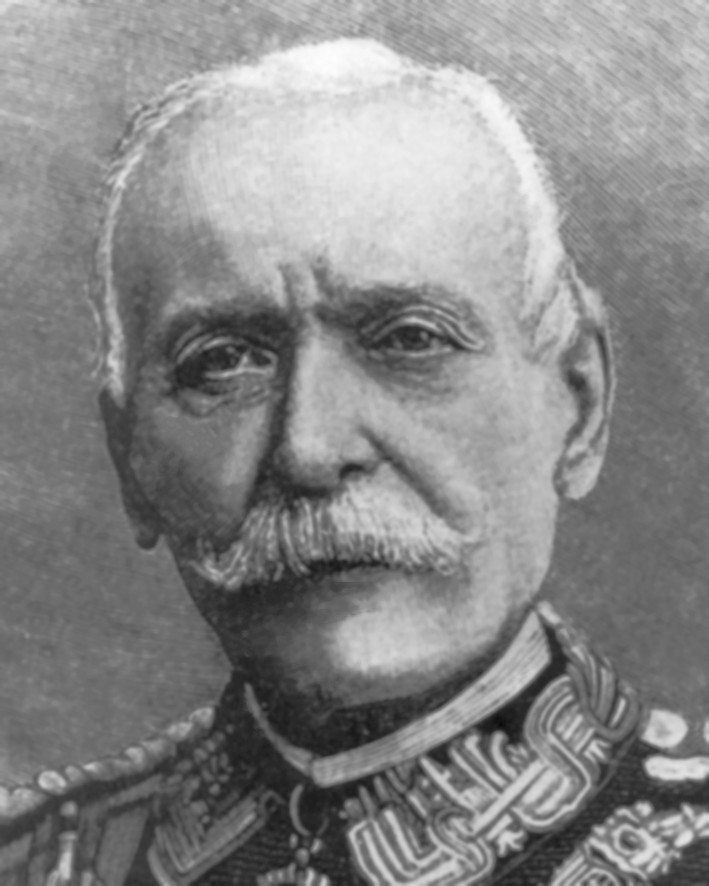
Copyright © 2013, Martin F. Johansen